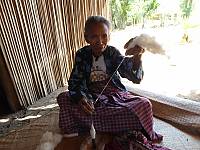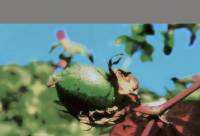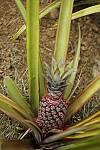
Strengthening the Transmission of the Traditional Textile Knowledge of Taquile
Strengthening the Transmission of the Traditional Textile Knowledge of Taquile,The island of Taquile in Titicaca lake is known for its weaving tradition preserving elements from pre-Hispanic Andean cultures. Weaving is done on fixed and pedal looms to produce characteristic garments. Taquile weaving uses new, contemporary symbols and images while r...Benefitting country(ies) : Peru
1 December 2006 - 1 June 2009
Sustaining Seperu folk dance and associated practices
,Tais, traditional textile Tais, the handwoven traditional textile in Timor-Leste, plays an important role in the life of Timorese people. The textile is used for decoration and to create traditional clothing with specific styles for men and women. People use Tais to welcome new-borns as well as for traditional ceremonies and festivals. Tais is als... Botswana
2023-08-02 - 28-02-2025
inscribed,Tais, traditional textile Tais, the handwoven traditional textile in Timor-Leste, plays an important role in the life of Timorese people. The textile is used for decoration and to create traditional clothing with specific styles for men and women. People use Tais to welcome new-borns as well as for traditional ceremonies and festivals. Ta... Timor-Leste
,Taquile and its textile art The island of Taquile located in Lake Titicaca on the Peruvian High Andean Plateau, is known for its textile art, which is produced as an everyday activity by both men and women, regardless of their age, and worn by all community members. The people of Taquile were relatively isolated from the mainland until the 1950s... Peru
,First report of China on the status of the element 'Traditional Li textile techniques: spinning, dyeing, weaving and embroidering'...
The Committee, Takes note that China has nominated Traditional Li textile techniques: spinning, dyeing, weaving and embroidering for inscription on the List of Intangible Cultural Heritage in Need of Urgent Safeguarding, described as follows: The traditional Li textile techniques of spinning, dyeing, weaving and embroidering are employed by women...2 October 2009
Abu Dhabi
Traditional Li textile techniques: spinning, dyeing, weaving and embroidering
inscribed,Traditional Li textile techniques: spinning, dyeing, weaving and embroidering The traditional Li textile techniques of spinning, dyeing, weaving and embroidering are employed by women of the Li ethnic group of Hainan Province, China, to make clothing and other daily necessities out of cotton, hemp and other fibres. In the absence of a wri... China
inscribed,Aklan piña handloom weaving Piña is a textile made from pineapple leaf fibres and woven using a handloom. Farmers harvest the leaves of the pinya Bisaya, a specific pineapple species, and extract the fibres by hand. The fibres are weighed using a local unit of measurement and method involving old coins of different denominations. The kn... Philippines
Cultural practices and expressions linked to Krama, a traditional woven textile in Cambodia
inscribed,Cultural practices and expressions linked to Krama, a traditional woven textile in Cambodia Krama is a woven textile associated with traditional practices and cultural expressions of the daily life in Cambodia. A rectangular cloth made of either cotton or silk, krama features a variety of grid-pattern motifs. The white, yellow, red and bl... Cambodia
Safeguarding intangible cultural heritage of Aymara communities in Bolivia, Chile and Peru
guarding measures to ensure the viability of the oral expressions, music and traditional knowledge (textile art and agricultural technologies) of the Aymara communities of Bolivia (La Paz-Oruro-Potosí), Chile (Tarapacá-Arica-Parinacota-Antofagasta) and Peru (Tacna-Puno-Moquegua). The activities, planned for implementation over the course of a fiv... Bolivia (Plurinational State of)
, Chile
, Peru









